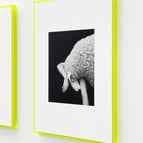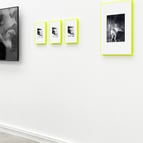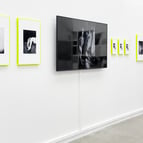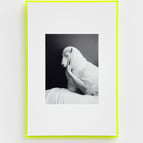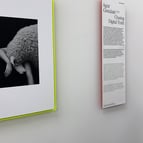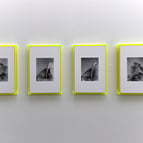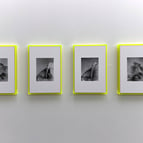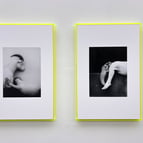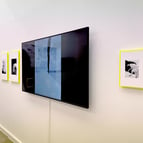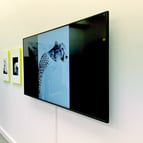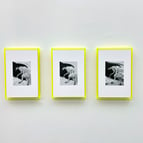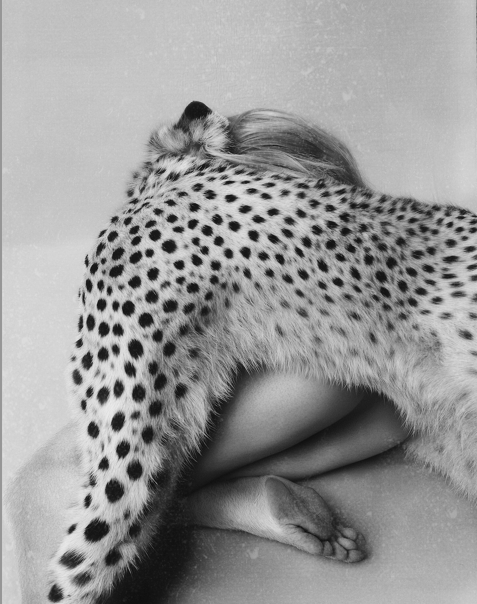Agne Gintalaitė at Circulation(s) Festival 2025: Exploring hybrid ontologies through generative AI
Agne Gintalaitė is among the four artists representing Lithuania at the 15th edition of the Circulation(s) Festival for European Young Photography, held at CENTQUATRE-PARIS from April 5 to June 1, 2025. This year, Lithuania has been selected as the country in focus, offering international audiences a compelling glimpse into the country’s contemporary photographic vision.
Agnė Gintalaitė presents Chasing Digital Truth, the result of an artistic research project using generative artificial intelligence (GAI). Her installation intensifies the ambient sense of unease—a feeling that, as Sigmund Freud described, arises when familiar and seemingly trustworthy things unexpectedly acquire a sense of strangeness—when something too close suddenly becomes uncanny, as if it had broken away from the structure of ordinary reality.
Gintalaitė’s works disturb through erotic logics of human touch, from which emerge impossible interspecies existences. These beings are wrapped in an aesthetic reminiscent of classic black-and-white photography from the 20th century—an aesthetic that, to paraphrase Susan Sontag, we culturally perceive as trustworthy. In this case, however, the trustworthiness of the aesthetic is not meant to deceive. The “errors” are embraced as markers of how the AI thinks. Images without such errors can easily become instruments of disinformation. By contrast, the digital objects selected by Gintalaitė do not attempt to intrude into so-called reality.
The data that trained the generative AI—visual and narrative stereotypes—intertwine with Gintalaitė’s personal photo archive. Behind all the impossible hybrid beings lies the photographic documentation of the artist’s annual travels with her dog Peeta. This co-production between Gintalaitė and the AI—or sympoiesis—results in subjects that embody the emerging ontology of a hybrid human–machine world. Once this is recognized, the world she depicts becomes less alien. That recognition invites a self-reflexive irony: the very things we accuse AI of—stereotyping, repetition, sexism, racism, and so on—are inherited from the data it was trained on, from human input, from our sociocultural imagination, and from algorithmic selection criteria driven by mass-based value systems.
Gintalaitė avoids calling these images “promptography,” as she does not experience her work with GAI as a matter of issuing commands, but rather as a negotiation with algorithms and the collective imagination.
Her installation is shown alongside works by Ieva Baltaduonytė, Visvaldas Morkevičius, and Paulius Petraitis, forming a carefully curated narrative about identity, memory, and the politics of visibility.
The Lithuanian section of Circulation(s) is not a presentation of national identity in a traditional sense, but rather an ecosystem of artistic voices addressing shared existential and sociotechnical tensions.
